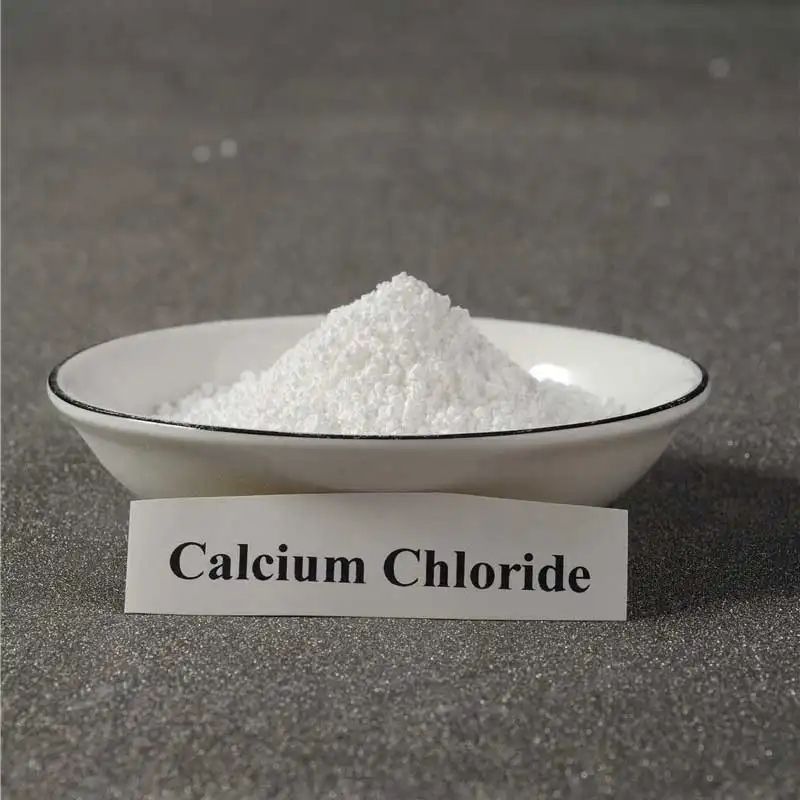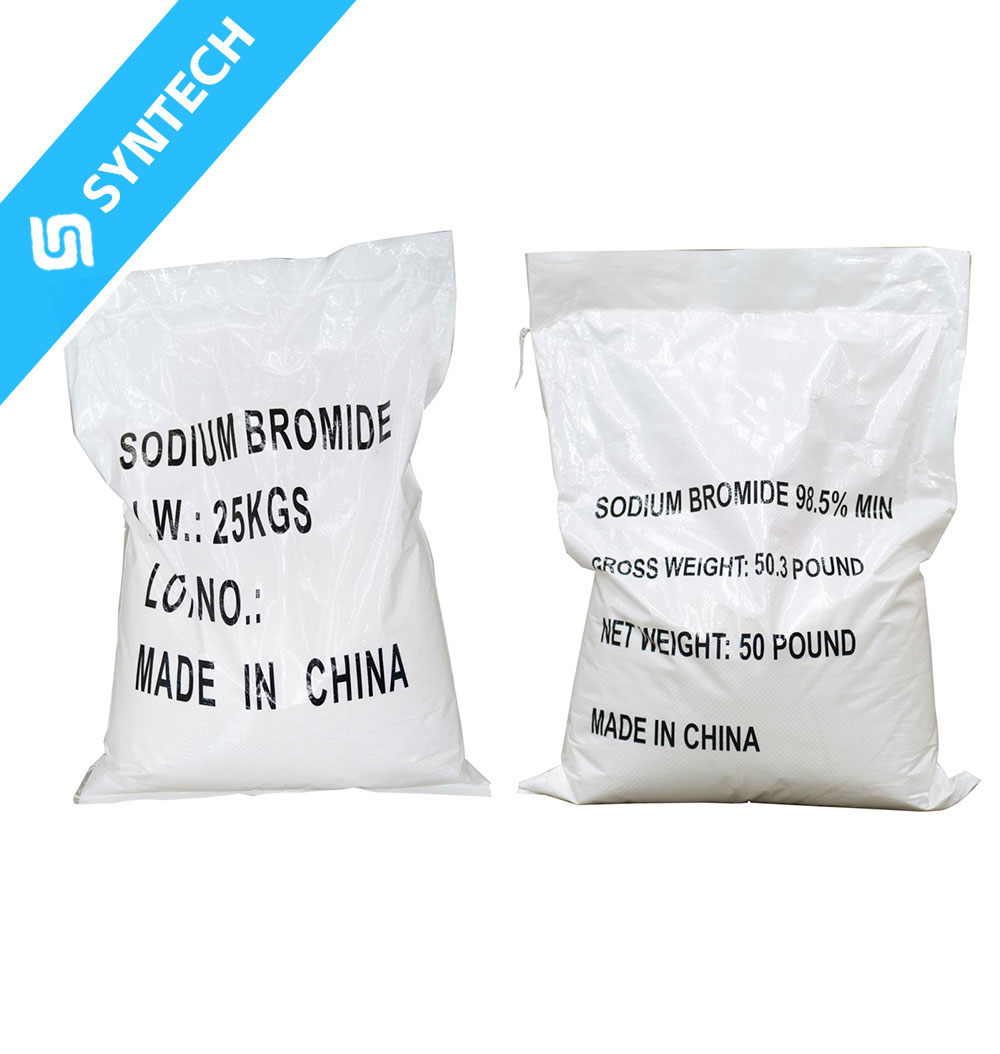High-purity Calcium Bromide (CaBr₂), often meeting United States Pharmacopeia (USP) or similar stringent standards, is far more than a simple inorganic salt in the realm of pharmaceutical manufacturing. It serves as a versatile reagent and bromine source, playing critical roles in the synthesis of complex organic molecules that become active pharmaceutical ingredients (APIs). Its application requires meticulously controlled processes to ensure the safety, efficacy, and purity of the final drug product.
1. Key Applications in Pharmaceutical Intermediate Synthesis
The utility of high-purity CaBr₂ in organic synthesis stems from the chemical properties of the bromide ion (Br⁻) and the calcium cation (Ca²⁺).
A. As a Source of Bromide Ions (Br⁻) for Bromination Reactions
This is its most significant application. Bromine is a crucial atom in many pharmaceuticals, often added to modulate metabolism, enhance receptor binding, or simply as part of the core molecular structure.
- Nucleophilic Substitution:
- Halogen Exchange (Finkelstein Reaction variant): CaBr₂ can be used to convert other organic halides, particularly chlorides, into alkyl bromides. Bromide is a better nucleophile than chloride, and this reaction is driven forward when using a salt like CaBr₂ in a suitable solvent (e.g., acetone, DMF), where the resulting salt (e.g., CaCl₂) is less soluble and precipitates.
- Reaction Example: R-Cl (alkyl chloride) + CaBr₂ → R-Br (alkyl bromide) + CaCl₂↓
- Importance: Alkyl bromides are more reactive than chlorides and are invaluable intermediates for further functional group transformations, such as forming Grignard reagents (R-MgBr) or engaging in other coupling reactions.
- Bromohydrin Formation:
- CaBr₂ can be used in systems that generate bromonium ions in situ. In the presence of an oxidizing agent, it can facilitate the addition of Br and OH across a carbon-carbon double bond to form bromohydrins.
- Importance: Bromohydrins are versatile intermediates that can be easily converted to epoxides or other functionalized structures, enabling the step-wise construction of complex molecules.
B. As a Lewis Acid Catalyst
The Ca²⁺ cation can act as a mild Lewis acid, coordinating with electron-rich atoms (like oxygen in carbonyl groups) to activate molecules and facilitate various reactions.
- Reactions Facilitated: It can be used to promote reactions such as aldol condensations, Michael additions, and ring-opening of epoxides. Its mildness is an advantage over stronger Lewis acids (e.g., AlCl₃), as it can be selective and easier to handle and remove from the reaction mixture.
C. As a Drying Agent for Organic Solvents
Due to its highly hygroscopic nature, anhydrous high-purity CaBr₂ can be used to dry organic solvents like ethanol, diethyl ether, and tetrahydrofuran (THF). The removal of trace water is critical for water-sensitive reactions, such as those involving organometallic reagents (Grignard, organolithium).
D. In the Synthesis of Specific APIs and Intermediates
- Sedatives and Anticonvulsants: Historically, bromide salts were used directly as sedatives. Today, the bromine atom is incorporated into the structure of modern neurological drugs.
- Antibiotics and Antimicrobials: Bromine is a key component in certain classes of antibiotics and antifungal agents.
- Cancer Therapeutics: Many targeted therapy drugs and chemotherapeutic agents contain bromine atoms introduced at the intermediate stage.
2. Process Research and Critical Quality Considerations
The use of CaBr₂ in pharmaceutical synthesis is governed by rigorous process research and development to ensure consistency and quality.
A. The Imperative of High Purity
- Why it Matters: Impurities in a reagent can catalyze side reactions, introduce toxic heavy metals (e.g., Lead, Arsenic, Mercury), or simply contaminate the highly sensitive pharmaceutical intermediate. This can lead to failed purity specifications, complex purification steps, or safety issues.
- Controlled Specifications: Pharmaceutical-grade CaBr₂ is produced with strict limits on:
- Heavy Metals: Typically <10-20 ppm.
- Other Halides (Chloride, Iodide): To avoid unwanted side reactions.
- Sulfate, Alkali content.
- Assay: A high minimum percentage of CaBr₂ (e.g., ≥99.0%).
B. Process Optimization
- Solvent Selection: Research focuses on identifying optimal solvents that maximize the solubility and reactivity of CaBr₂ while ensuring compatibility with other reagents and facilitating easy product isolation.
- Stoichiometry and Reaction Kinetics: Determining the precise molar equivalent of CaBr₂ required to drive the reaction to completion without a large, wasteful excess is crucial for cost-effectiveness and minimizing the burden of downstream purification.
- Temperature and Concentration Control: These parameters are finely tuned to maximize yield, minimize by-product formation, and ensure safe and scalable operations.
C. Purification and Isolation
Process research must include efficient methods for separating the desired organic intermediate from the reaction mixture containing dissolved CaBr₂ and other inorganic by-products (e.g., CaCl₂). Techniques like extraction, crystallization, and distillation are commonly employed and optimized.
D. Quality by Design (QbD) and Analytical Control
A modern pharmaceutical process involves:
- In-Process Controls (IPCs): Monitoring the reaction in real-time (e.g., using HPLC) to ensure the consumption of starting material and formation of the desired product.
- Purification Validation: Demonstrating that the purification steps effectively remove CaBr₂ and its associated impurities to acceptable levels in the final intermediate.






